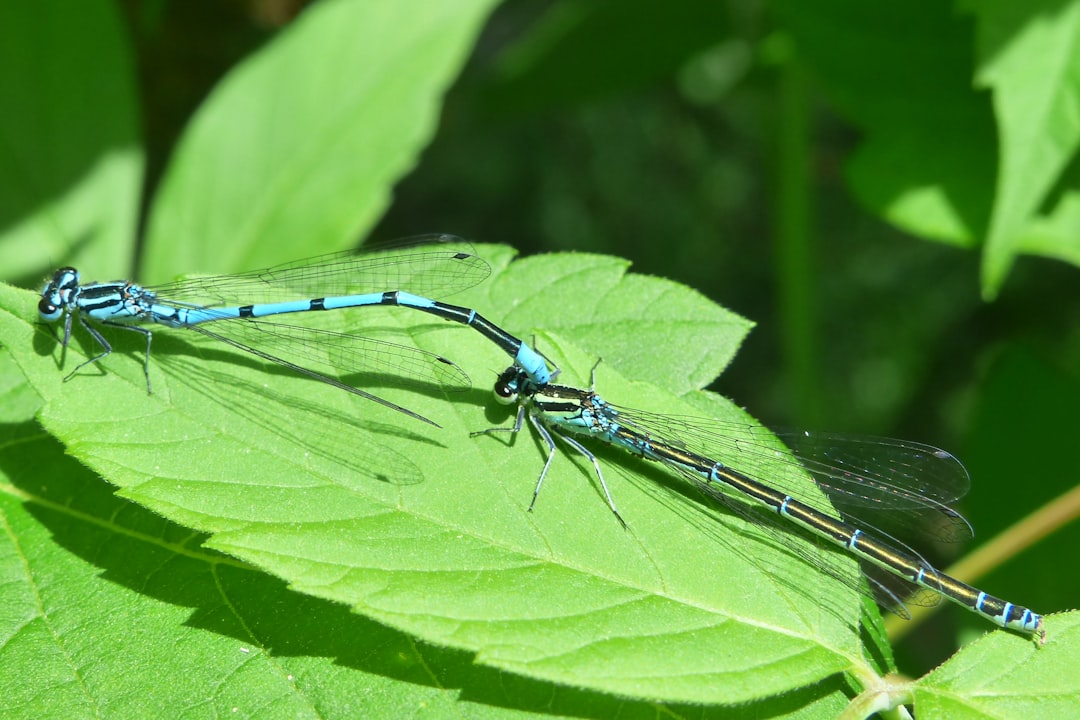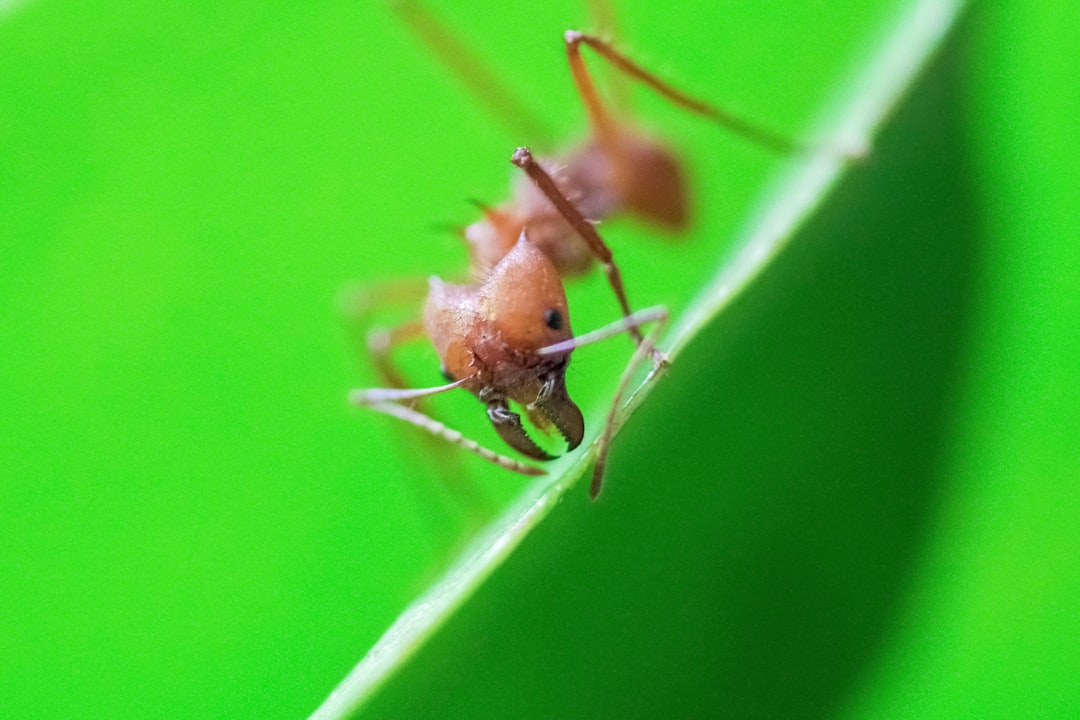What is it about?
The success of the Eagle owl breeding in artificial niches and natural nests was studied. Manufacturing and installation of artificial nests for Eagle Owls in Mordovia serves as a factor in increasing successfully breeding pairs and increasing the population size.
Featured Image

Photo by James Armes on Unsplash
Why is it important?
At the same time, no differences were found for artificial and natural nests in terms of reproductive success, clutch size and number of fledglings. In 51% of nesting cases, pairs laid 3 eggs, in 43% - 2 eggs, in 3% - 4 eggs and 1 egg. The average clutch size was 2.54±0.08 eggs. Over the years of our study of owl nesting in Mordovia, 13.6% of pairs raised 1 chick, 36.4% – 2, 50% – 3 chicks. The average number of reared chicks per successful nest is 2.36±0.11. The mortality rate in nests is lower in artificial nesting sites (30%) than in natural ones (40.6%).
Perspectives
Thus, the manufacture and installation of artificial nests for the Eagle Owl in Mordovia are factors in the increase in successfully breeding pairs, and, consequently, in the increase in the population. At the same time, there were no statistically significant differences in breeding success, clutch size, and number of fledglings in artificial and natural nesting sites. Therefore, along with the great influence of the availability of food (mainly rodents), the success of Eagle Owl breeding is also affected by the presence of nesting sites that can be improved artificially. Many pairs of Eagle Owls have been living in the biotopes of Mordovia for decades. Recently, there has been a tendency to increase the number of the species, and therefore it is necessary to continue measures to create artificial niches for nesting.
Alexey Andreychev
Read the Original
This page is a summary of: УСПЕШНОСТЬ РАЗМНОЖЕНИЯ ФИЛИНА (BUBO BUBO, STRIGIFORMES, STRIGIDAE) В ИСКУССТВЕННЫХ ГНЕЗДОВЬЯХ, Зоологический журнал, August 2022, The Russian Academy of Sciences,
DOI: 10.31857/s0044513422060071.
You can read the full text:
Contributors
The following have contributed to this page










